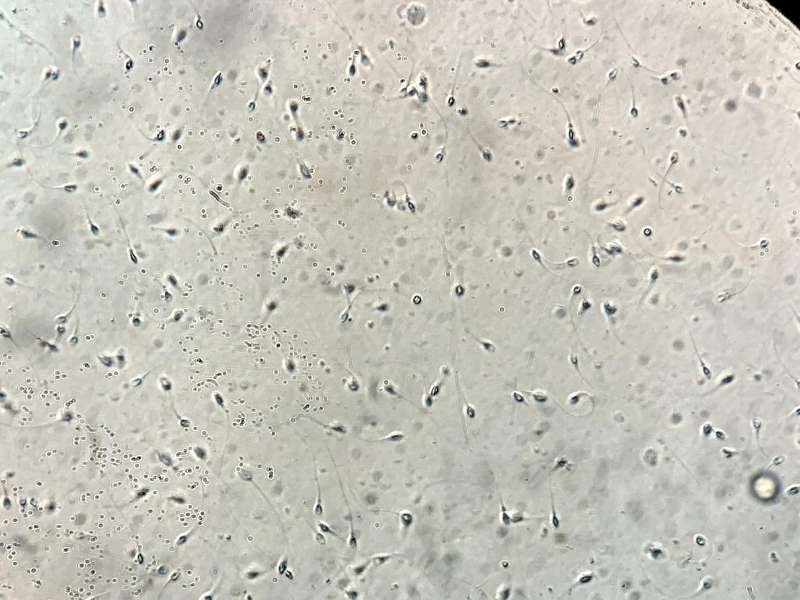Sperm Retrieval

Testicular sperm aspiration (TESA) and testicular sperm extraction (TESE) are simple procedures for obtaining sperm for men who have obstructive azoospermia, such as men who have undergone a vasectomy. In these men, sperm is not able to reach the semen because of the blockage, even though they have normal sperm production. These procedures can also be utilized in men who cannot ejaculate due to ejaculatory dysfunction or erectile dysfunction.
In couples who have experienced recurrent miscarriages or IVF failures, sometimes the men are found to have high levels of sperm DNA fragmentation. Since testicular sperm tends to have lower levels of DNA fragmentation compared to sperm from the semen, occasionally we will perform TESA or TESE to obtain sperm directly from the testicle.
Sperm can also be retrieved directly from the epididymis through procedures called percutaneous epididymal sperm aspiration (PESA) and microsurgical epididymal sperm aspiration (MESA). TESA, TESE, and PESA are typically performed under local anesthesia or conscious sedation. MESA is typically performed under general anesthesia.
In men with non-obstructive azoospermia, there is no sperm in the ejaculate but the testes may produce small amounts of sperm. Microsurgical testicular sperm extraction (microTESE) is a surgical procedure in which the tubules in the testes are selectively extracted under a microscope in order to search for sperm in a systematic way.
*Any sperm retrieved from these procedures can only be used for IVF.
Sperm Retrieval Techniques
Before the TESA procedure, you will receive an injection of a local anesthetic to numb the testicle and surrounding skin. Sperm are then aspirated through a syringe following the insertion of a needle into the testicle. This procedure does not involve any incision.
The TESE procedure is carried out under conscious sedation or general anesthesia. After numbing the testicle, we will make small incisions in the scrotum and testicle. A small amount of tissue from the inside of the testicle is removed and sperm from the tissue can be used for IVF.
Similar to the TESA, this procedure is usually performed under local anesthesia. A special needle attached to tubing and a syringe is inserted into the head of the epididymis. Using pressure from the syringe, the needle is advanced and withdrawn until fluid containing sperm is aspirated into the tubing.
This procedure requires general anesthesia and an operating microscope. A small incision is made in the scrotum and the epididymis is exposed. The epididymis is dissected open and a tubule containing sperm is aspirated.
We are successful in finding sperm in approximately 60% of patients who undergo microTESE. A technically-sound surgeon and a skillful embryologist are necessary for a successful microTESE. For this reason, an embryologist is present during the operation in order to analyze the extracted tissue.
Under general anesthesia, small incisions are made in the scrotum and each testicle. Using a high-powered surgical microscope, we will carefully examine the seminiferous tubules within each testicle and extract tubules that appear healthy. Our embryologist then searches the tissue for sperm. If sperm is found, they will be frozen and can be used for IVF. Sutures are used to close the testicles and skin incision. The scrotum is a part of the body that heals very quickly and the pain/discomfort after surgery is usually managed with ice packs and over-the-counter pain medication. We ask our patients to avoid heavy lifting, exercise, and sexual activity for 1-2 weeks after surgery.
